Research and development work on the development of an innovative active fish ladder for aquatic fauna

 Project title
Project title
Research and development work on the development of an innovative active fish ladder for aquatic fauna
 Name of Beneficiary/Beneficiaries
Name of Beneficiary/Beneficiaries
RES Institute Ltd.
 Name of programme
Name of programme
Smart Growth Operational Programme
 Competition
Competition
Fast track
 Project value
Project value
PLN 3,901,390.77
 Funding value
Funding value
PLN 2,967,457.24
 Project delivery period
Project delivery period
from 01.01.2018 to 30.09.2021
Meet our team
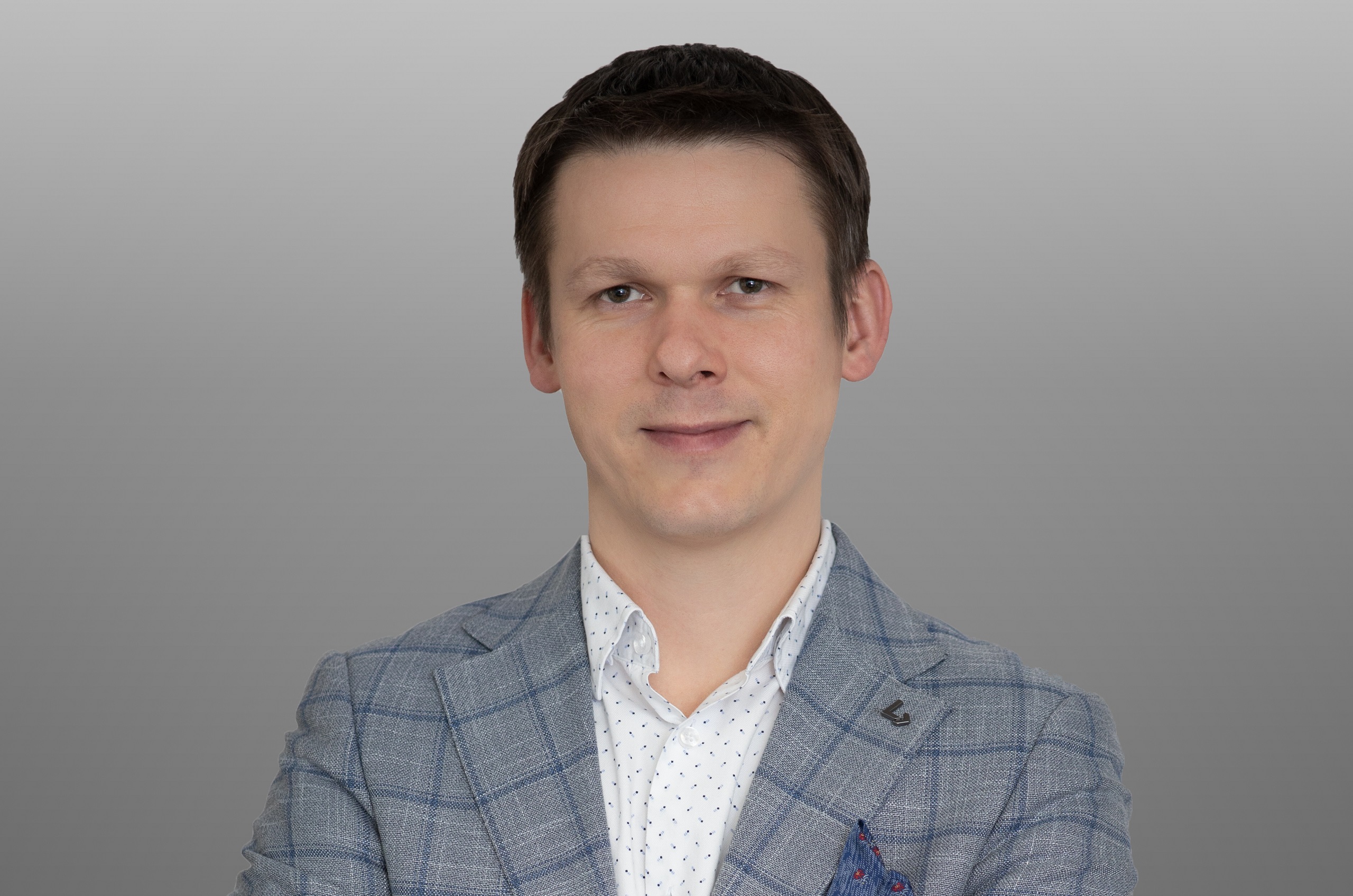
See the result of our work
Active fish ladder
Materials
Article: Active fish ladder as an economical way to make rivers biologically passableVideo
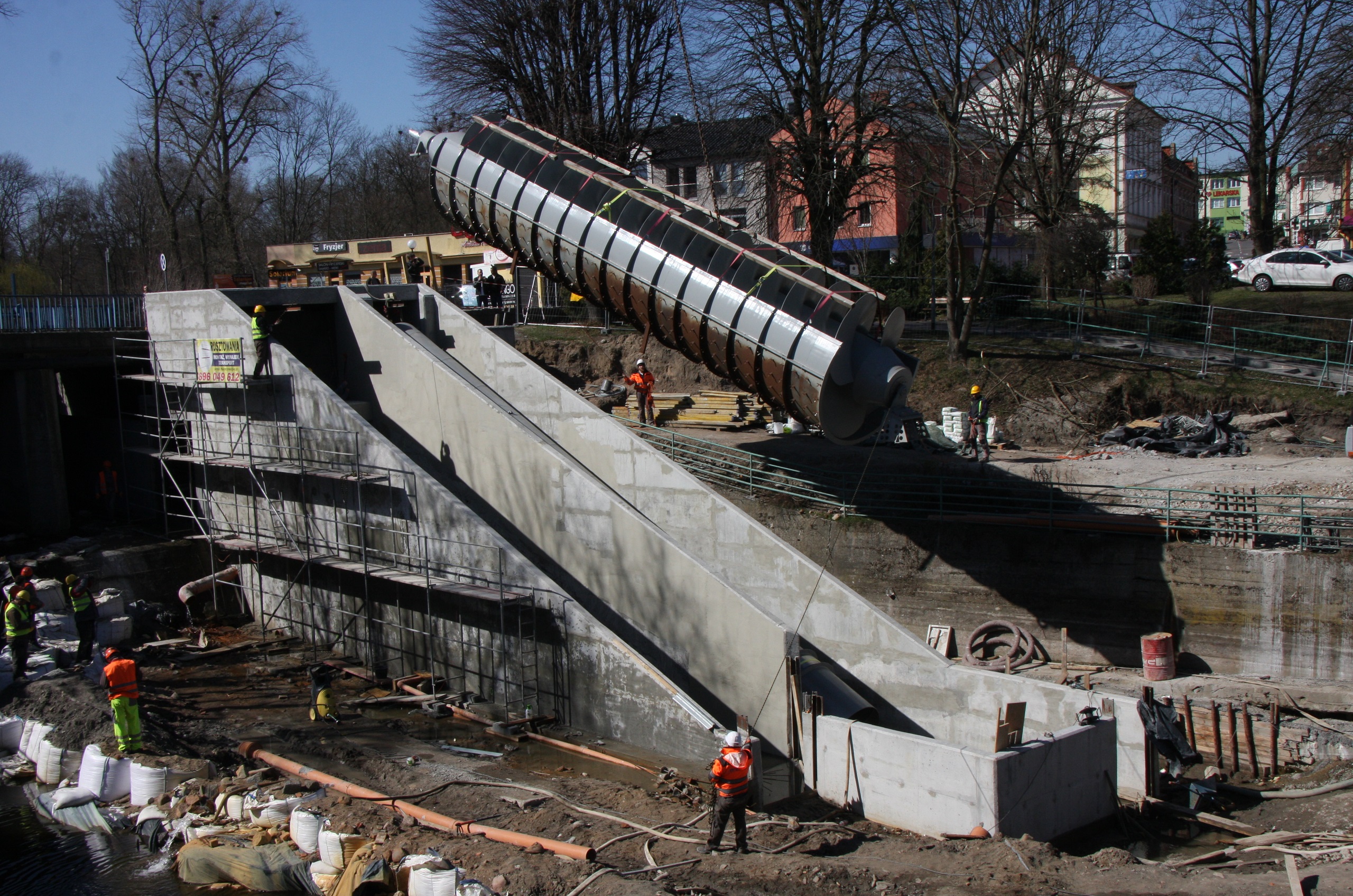
|
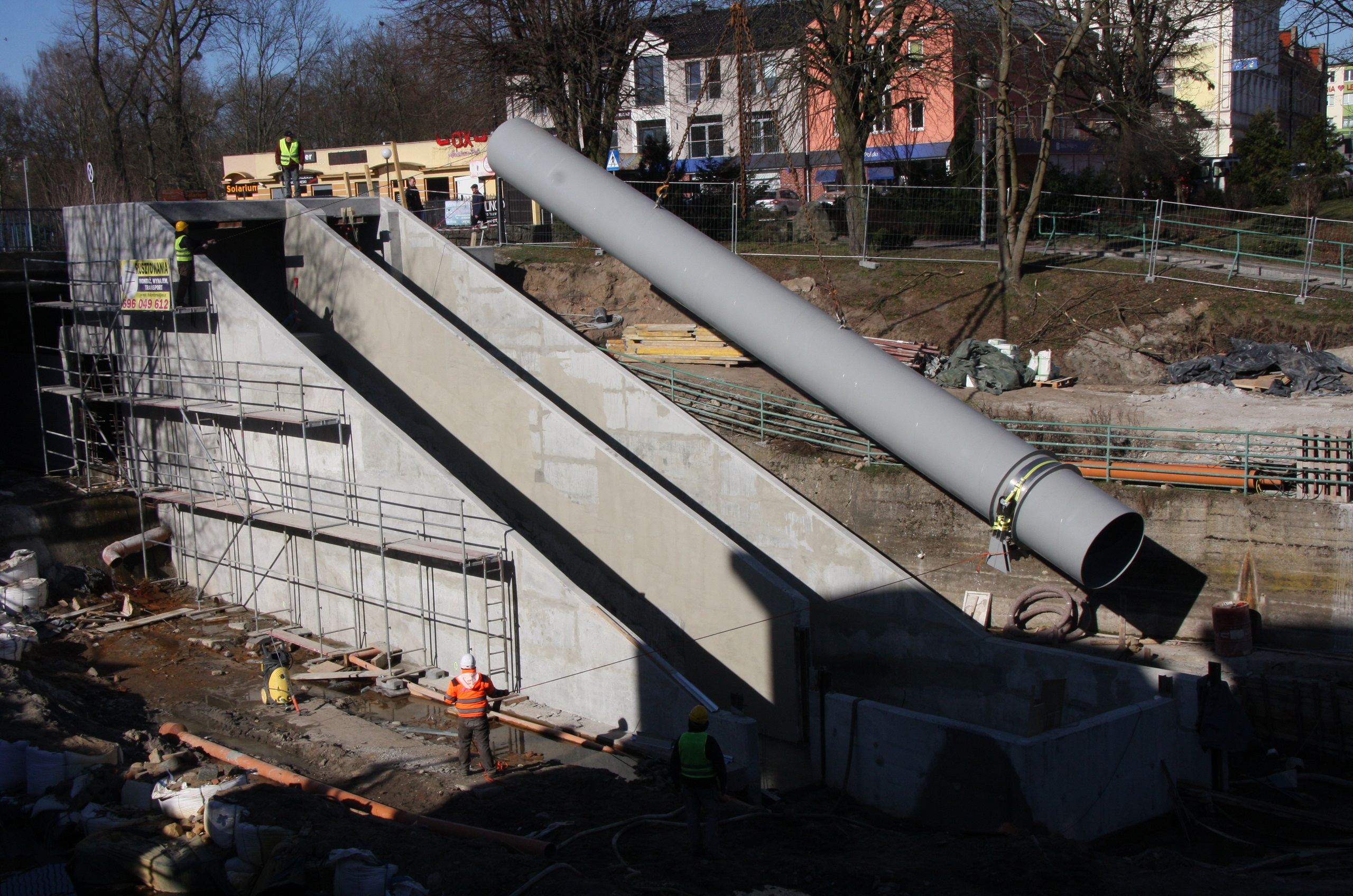
|
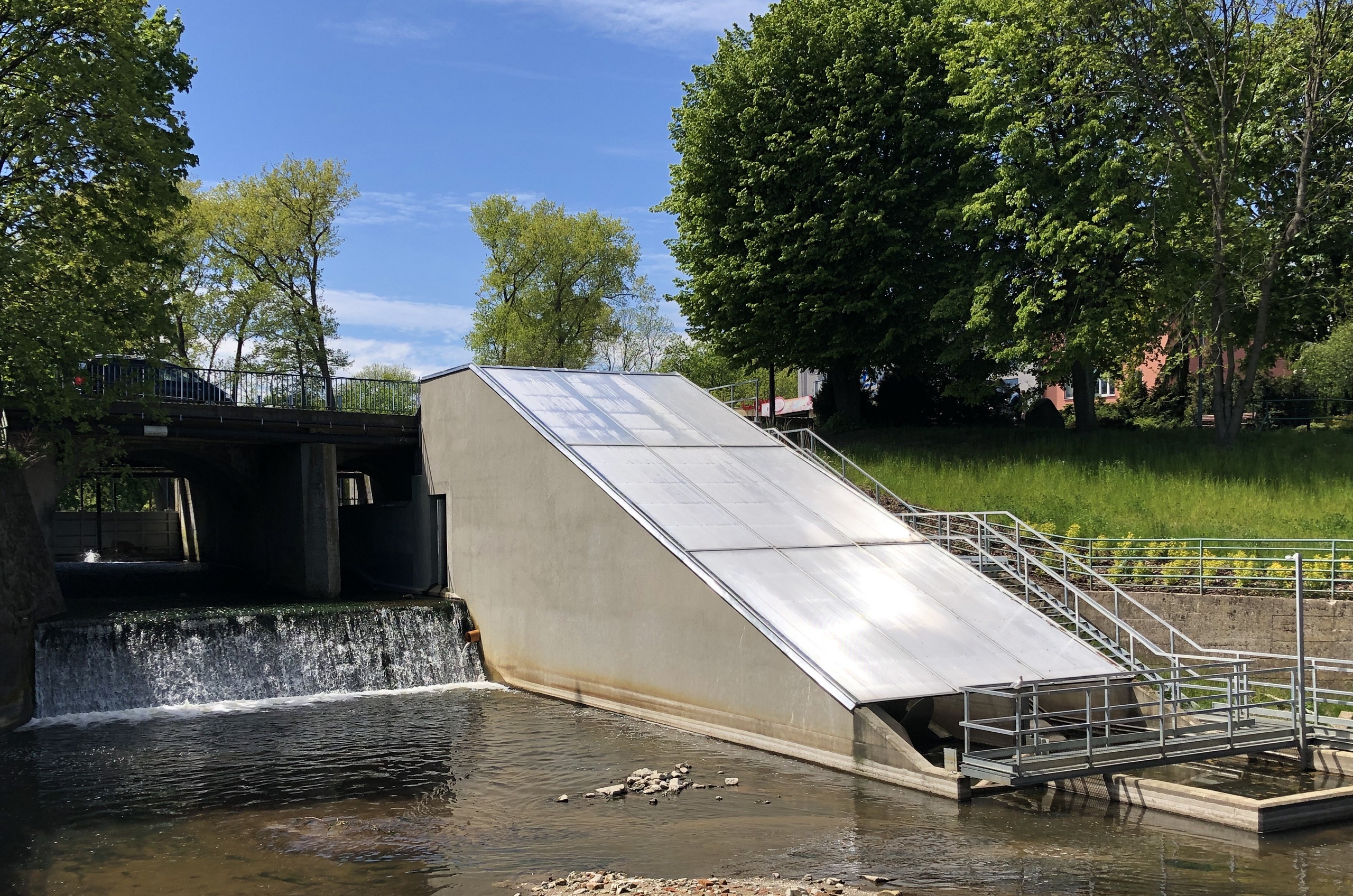
|
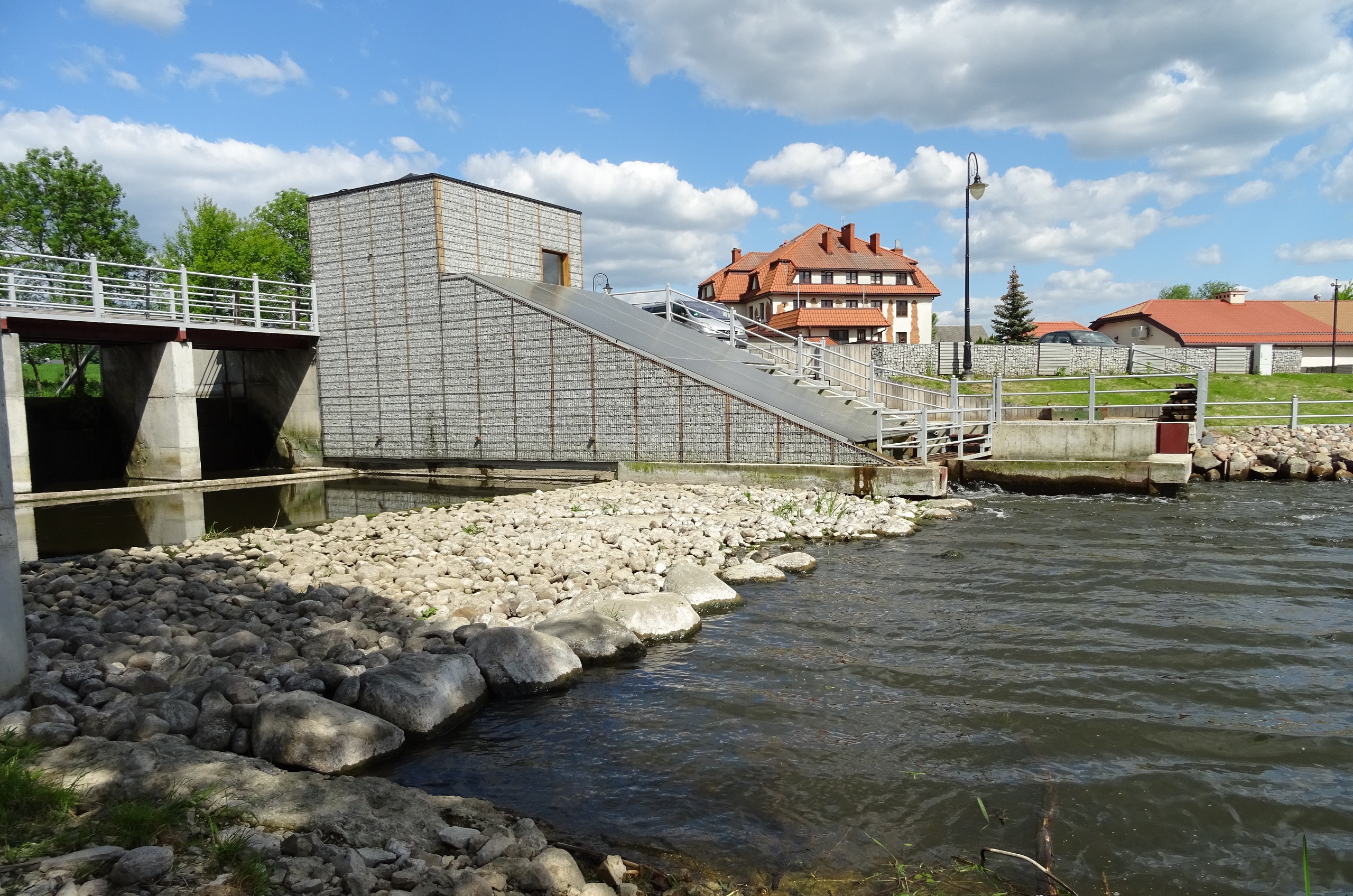
|
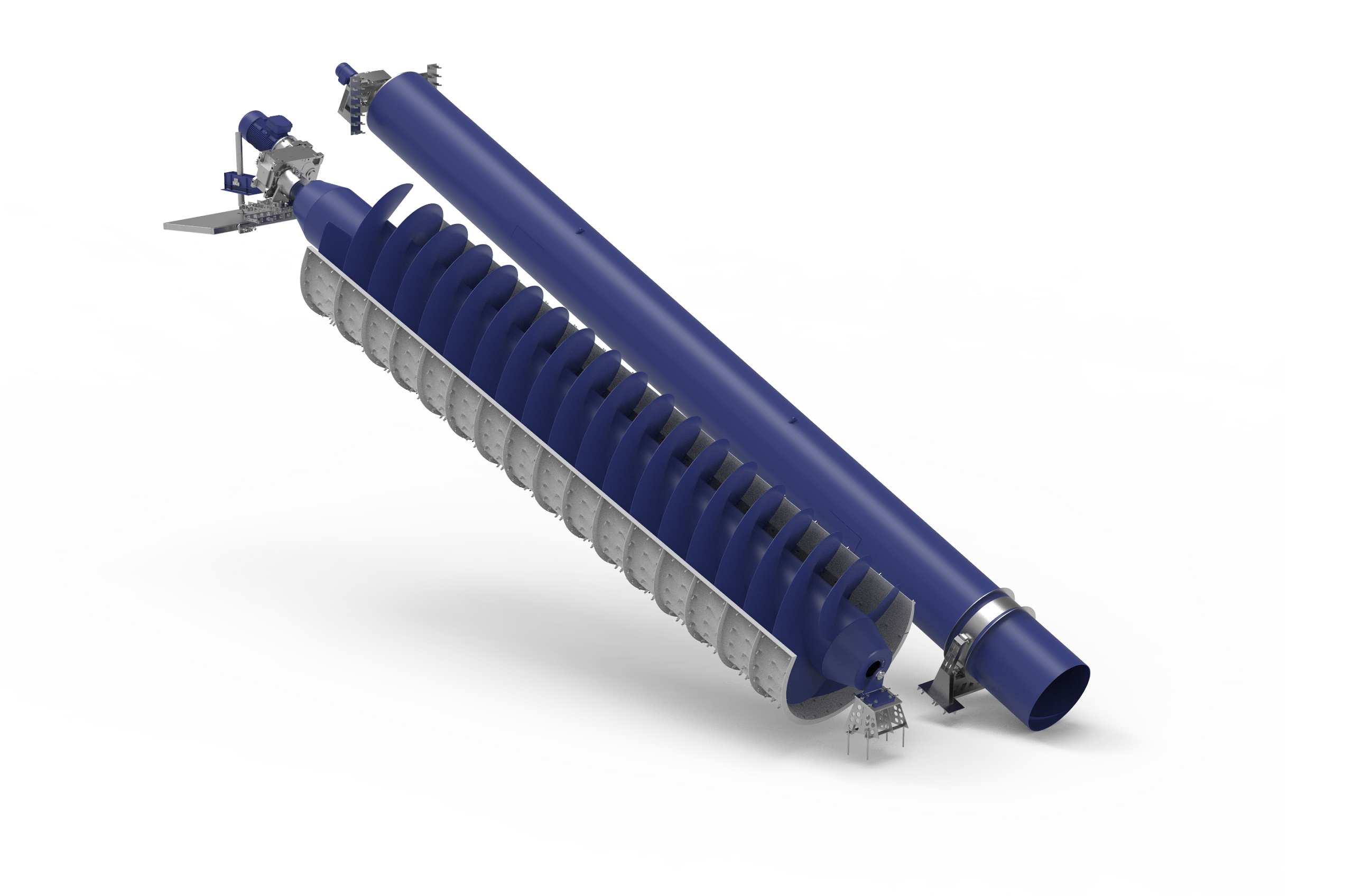
What problem does our project solve?
The project has developed an active fish ladder, which is based on ichthyofauna-friendly Archimedes screw technology. The device consists of two tracks - an ascending and a descending track, each of which is a separate screw transporting aquatic fauna. The descending track allows the production of electricity, which is used, among other things, to power the operation of the ascending track, while the unused portion of the energy produced can be sold to the grid or stored, for example.
The migration efficiency of the active fish ladder has been confirmed by tests carried out on the effectiveness of the device, for individuals reaching sizes in different size classes. In the case of species for which migration is an important factor in functioning, namely rheophilous fish as well as catadromous and anadromous migratory fish, high efficiency of both ascending and descending migration was maintained.
Thanks to its ability to produce electricity, our solution demonstrates high profitability.
The energy aspect is undoubtedly an attractive and distinguishing feature of an active fish ladder - depending on local conditions, it can range from a few to even several hundred kilowatts. The active fish ladder is located within the river channel, without the need for additional land occupation surrounding the river.
The return on investment of constructing an active fish ladder, depending on the location, usually takes place in about 5 - 8 years.
Who is going to benefit from the project results?
Thanks to our many years of experience and knowledge, as well as our involvement in research and development projects, we are delivering a new product to the market in the form of an active fish ladder. We are convinced that it will become an excellent alternative to traditional fish ladders and increase the ecological capacity of river sections.
The product is used in hydrotechnical construction associated with water damming (small hydropower plants, damming weirs, etc.). The market demand for our product is driven by current water management and environmental legislation, as well as national and European climate and energy policies.
The results of the project have practical applications for owners, administrators and users of dams, from both the private and public sectors.
Which aspect of the project implementation have we found to be the most challenging?
A considerable challenge during the project was to adequately establish a number of issues relevant to the design of the device to enable fish migration in order to determine the maximum velocity of the water current that specific fish species can resist. The priority was to create an ichthyofauna-friendly device. There were a number of challenges: to create a suitable decoy current to allow the fish to find the entrance to the fish ladder, to locate the entrance to the fish ladder on the downstream side in such a way that it was not sensitive to water levels in the watercourse, to maintain appropriate water flow parameters in the fish ladder so that the fish could cross it, and to locate the entrance to the fish ladder on the upstream side in such a way that it was not sensitive to fluctuations in the water level in the reservoir.
The biggest challenge was to plan and carry out monitoring studies and determine the effectiveness of the fish ladder in terms of both ascending and descending migration under different hydrological and technical parameters, which involved trapping the participating individuals in their natural habitat.
Our advice to other Applicants
The implementation of the project, which is co-financed by NCRD, allows the company to introduce its own idea and move from concept to the production of a finished device for market implementation. It is also a great opportunity to build a team of competent, supportive experts from different fields.
Don't give up. Nothing is impossible to achieve.